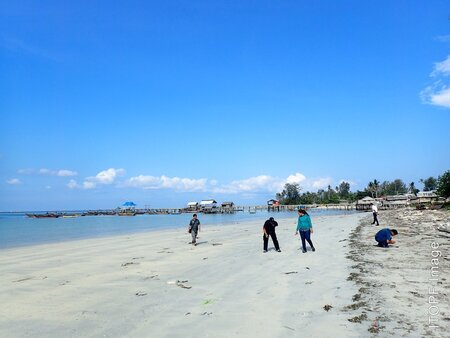The use and misuse of SCAT in spill response (2017)
21 September 2017

Paper by Nicky Cariglia, Greg Challenger and Nicola Beer
International Oil Spill Conference 2017, Long Beach, California, 15-18 May 2017
The Shoreline Clean-up Assessment Technique (SCAT) is a well-tested tool that enables the systematic surveying of shorelines affected by oil spills. Using standardised terminology to document the nature and degree of shoreline oiling, SCAT was designed to support decision-making for shoreline clean-up operations. Formally integrated into the US response structure, this method is increasingly being adopted as a standard response procedure around the world.
Over the years, SCAT has evolved to meet changing expectations of shoreline response into a tool that can formally guide and document decisions from the initial emergency phase of a response through to the termination of activities - which in large, complex cases could be many months or even years after the incident. The framework of developing a shoreline response programme at the beginning of an incident, implemented by SCAT teams providing shoreline treatment recommendations in support of operations throughout the duration of shoreline response was used extensively in DEEPWATER HORIZON.
A properly designed SCAT programme able to gather the necessary relevant shoreline oiling data quickly and accurately for use in addressing immediate response needs can greatly reduce delays in action and the footprint of the response itself. SCAT's core principle of guiding operations can be overlooked in instances with inexperienced personnel or inappropriate competing objectives, resulting inconsiderable effort expended on SCAT surveys with no clear purpose or objective of how the data will be used to support response operations.
In this paper we review the use and misuse of SCAT in several recent smallscale incidents and discuss the implications for the wider implementation of SCAT moving forward.
Categories: Environmental effects, Papers
